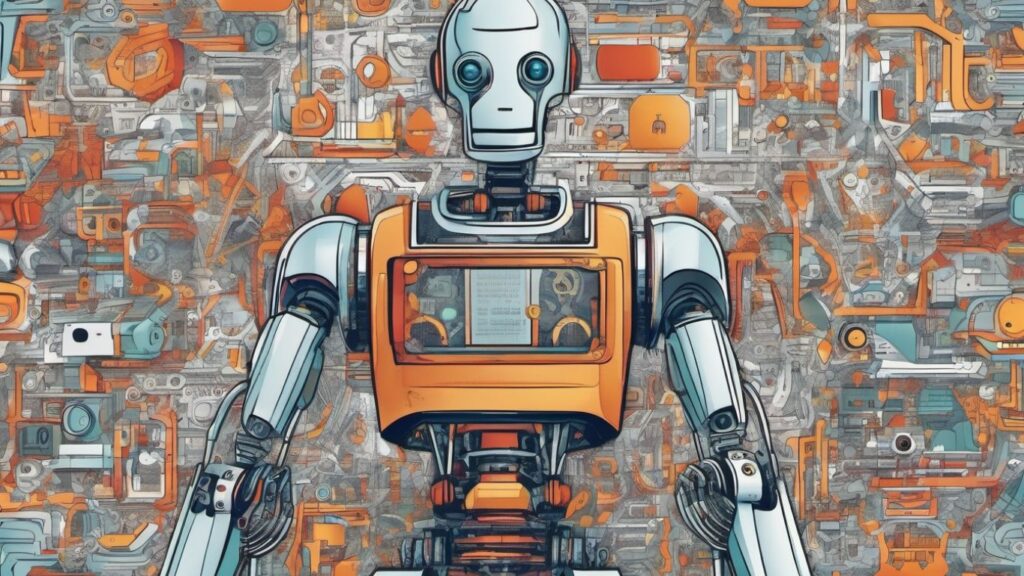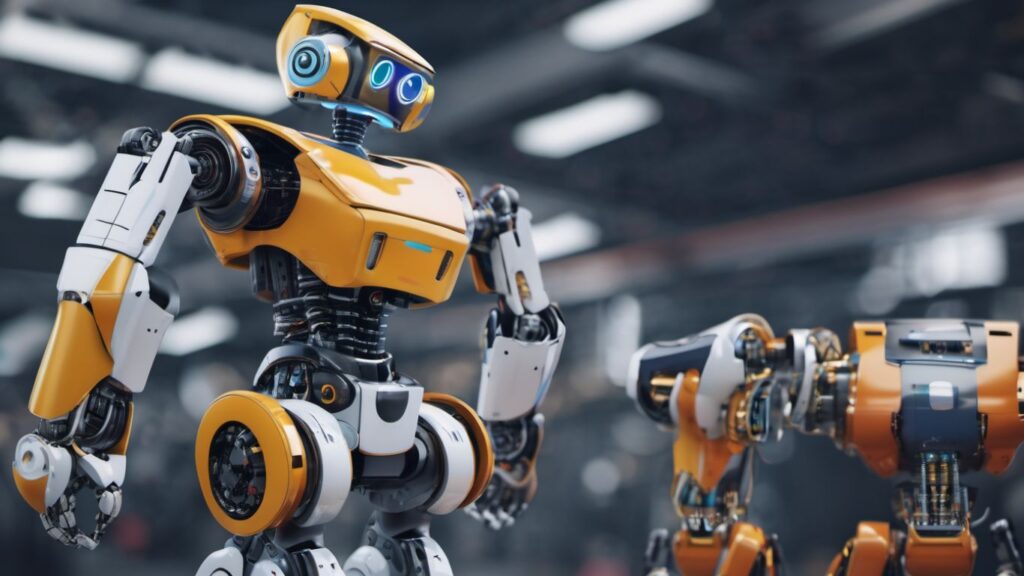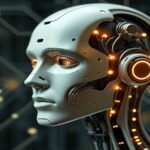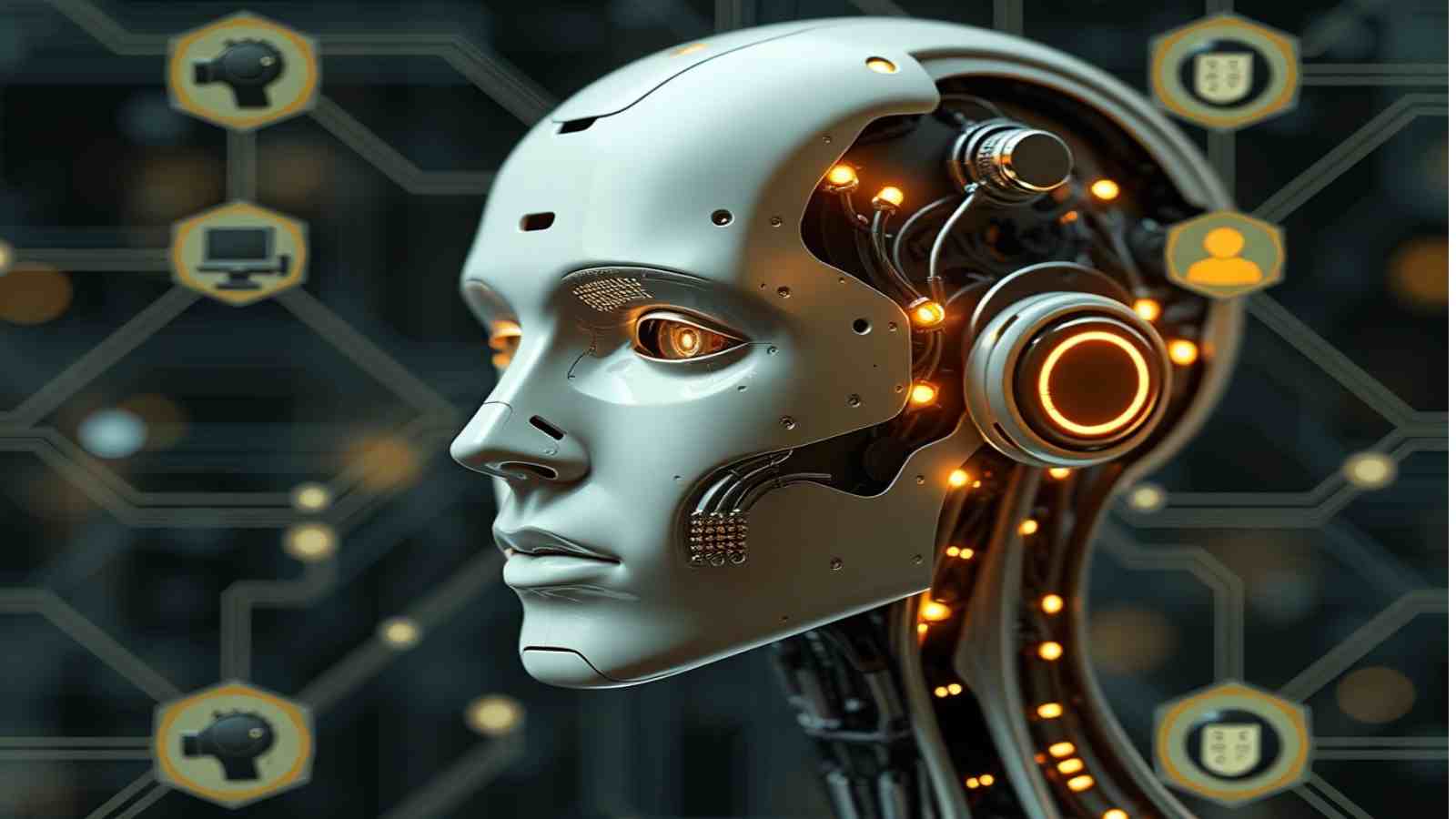The rise of artificial intelligence (AI) is as significant as the dawn of the internet. From automating mundane tasks to making life-saving medical diagnoses, AI’s potential seems limitless. However, with great power comes great responsibility. This is why regulating AI, particularly in robotics, is crucial to ensure data privacy, ethical use, and overall security.
Importance of Regulating AI in Robotics
AI-powered robots are transforming various sectors, including healthcare, manufacturing, and transportation. While these advancements present countless opportunities, they pose risks—especially concerning user data privacy and ethical use. Regulatory frameworks are essential to balance innovation with safeguarding public interest.
Existing Rules and Regulations for AI

Several countries and international bodies have already introduced initial guidelines for AI:
- The General Data Protection Regulation (GDPR) in the European Union sets the standard for data privacy and protection.
- California Consumer Privacy Act (CCPA) focuses on consumer rights regarding their data.
- OECD Principles on AI provide a global framework for responsible AI development, emphasizing transparency, accountability, and fairness.
These regulations form the foundation upon which more specialized robot rules can be built.
Proposed Guidelines for Ethical AI Development
To further enhance AI regulation, the following guidelines are proposed:
- Transparency: AI systems should be explainable and transparent, allowing users to understand how decisions are made.
- Accountability: Developers and operators of AI systems must be accountable for their actions and decisions.
- Fairness and Bias Mitigation: AI should be developed and implemented to prevent biases and ensure fairness.
- Data Privacy and Security: Robust measures must be in place to protect user data from unauthorized access and breaches.
- Human Oversight: AI should complement human decision-making rather than replace it, ensuring a human-in-the-loop approach for critical applications.
Challenges in Enforcing Robot Rules
Enforcing AI regulations is no small feat. Challenges include:

- Technical Complexity: The sophisticated nature of AI systems makes it hard to draft comprehensive rules that cover all possible scenarios.
- Global Coordination: Different countries have varying standards and regulations, complicating international AI governance.
- Continuous Evolution: AI technology evolves rapidly, requiring rules to be constantly updated to remain relevant.
- Balancing Innovation and Regulation: Overregulation might stifle innovation, while under-regulation could lead to misuse and harm.
Impact of AI Regulation on Industries
Effective AI regulation can have profound effects across industries:
- Healthcare: Ensuring data privacy and ethical use can build trust in AI-powered medical solutions.
- Finance: Transparent and fair AI systems can improve banking risk management and consumer protection.
- Manufacturing: Ethical AI can enhance productivity while maintaining worker safety and rights.
- Transport: Regulated AI can make autonomous vehicles safer and more reliable.
FAQs
What is AI regulation?
AI regulation refers to developing and enforcing rules and guidelines designed to govern the creation, use, and deployment of artificial intelligence systems. The goal is to ensure that AI is used ethically, safely, and responsibly.
Why is it necessary to regulate AI in robotics?
Regulating AI in robotics is essential to address risks such as data privacy breaches, unethical uses, and potential security threats. Proper regulations help balance innovation with public safety and trust.
Who is responsible for enforcing AI regulations?
Enforcement of AI regulations typically falls to government agencies, international bodies, and regulatory organizations. These entities collaborate to set standards and ensure compliance across different sectors and geographical regions.

What are some existing regulations for AI?
Current regulations include the General Data Protection Regulation (GDPR) in the European Union, the California Consumer Privacy Act (CCPA) in the United States, and the OECD Principles on AI, which provide a global framework for responsible AI development.
How can AI systems be made more transparent?
Transparency can be achieved by developing explainable AI systems, meaning their decision-making processes are clear and understandable. This includes documenting algorithms, providing access to data used for training, and making the system’s operation understandable to users.
What challenges exist in regulating AI?
Challenges in AI regulation include:
- The technical complexity of AI systems.
- The need for global coordination.
- The rapid pace of AI advancements.
- The need to strike a balance between innovation and regulation to avoid stifling technological progress.
How do AI regulations impact industries?
AI regulations impact industries by ensuring that AI applications are developed and implemented in a manner that prioritizes data privacy, ethical use, and safety. This can build trust, improve risk management, enhance productivity, and ensure fairness across healthcare, finance, manufacturing, and transport sectors.
What is the role of human oversight in AI?
Human oversight ensures that AI systems complement rather than replace human decision-making, especially in critical applications. This human-in-the-loop approach helps mitigate risks and ethical concerns associated with fully autonomous AI systems.
Can overregulation harm AI innovation?
Yes, overregulation can stifle AI innovation by creating excessive barriers to development and deployment. Finding a balance that promotes responsible AI use without hindering technological progress is crucial.
Conclusion Future Outlook for AI Governance
The path to effective AI regulation is complex but essential. Governments, tech companies, and policymakers must collaborate to create robust frameworks that ensure AI enhances human life while protecting fundamental rights. The future of AI governance lies in dynamic, adaptable regulations that evolve with technological advancements.
By prioritizing data privacy, ethical use, and global coordination, we can harness the full potential of AI responsibly and sustainably.











